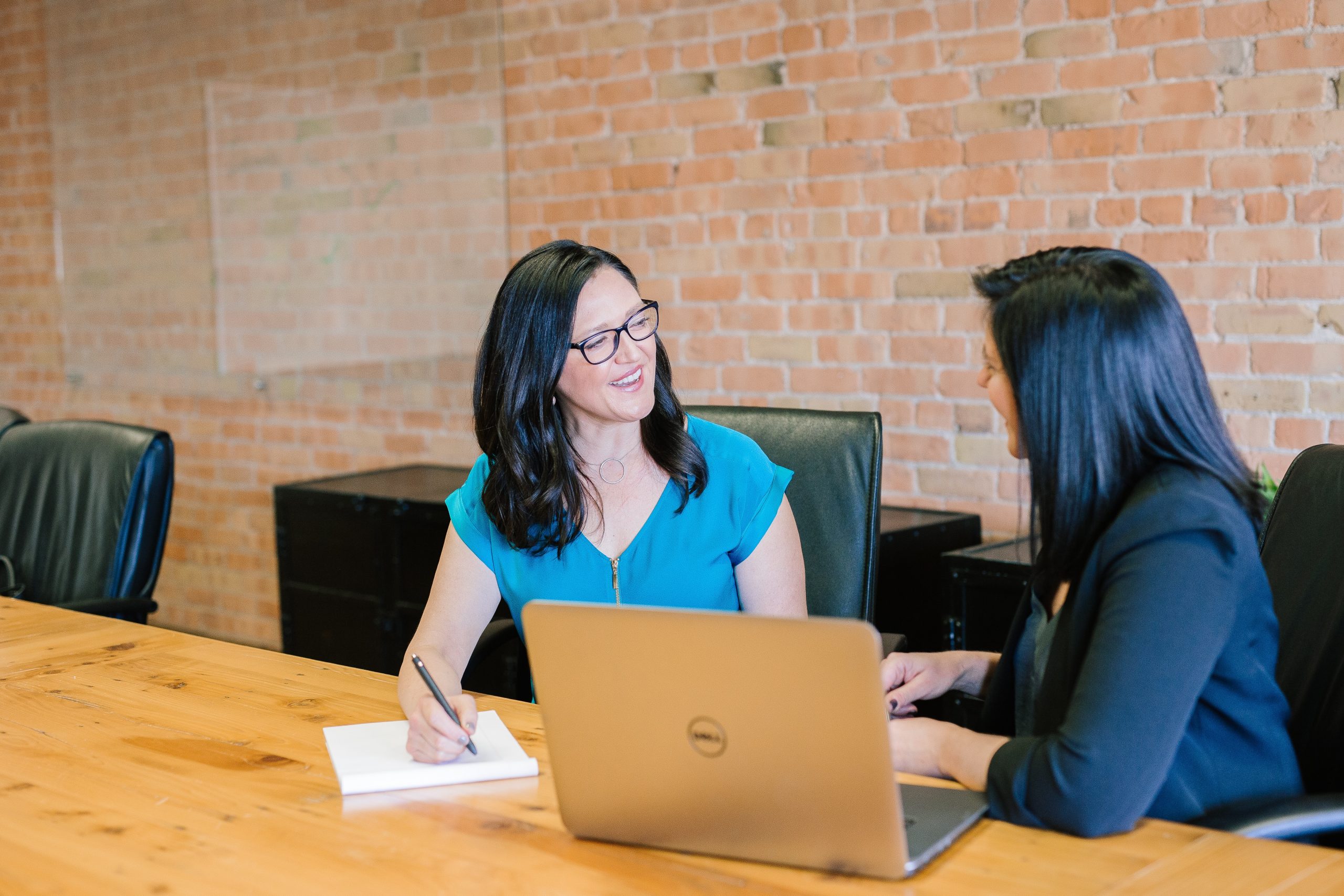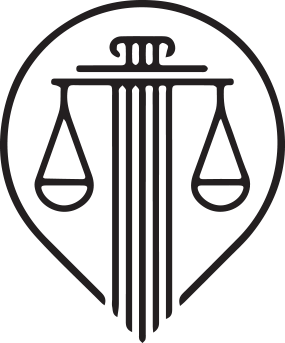341 Creditors Meeting: What to Expect to Be Best Prepared in Wisconsin Bankruptcy
When you file for bankruptcy, navigating the process can be overwhelming. One crucial step is the “Meeting of Creditors,” often referred to as the “341 Meeting.” In this blog, we’ll walk you through what to expect during this meeting and how to best prepare.
341 Creditors Meeting: Meeting Procedures
The United States Trustee, as directed by the Bankruptcy Code (11 U.S.C. § 341), convenes and presides over the Meeting of Creditors, typically occurring shortly after your bankruptcy filing. Contrary to its name, it’s not a formal hearing but a gathering involving the Trustee, Debtors (those filing for bankruptcy), and potentially creditors. This meeting takes place at a location designated by the United States Trustee. Debtors are required to attend, while creditors can attend but are not obligated to.
341 Creditors Meeting: Virtual 341 Meeting Information
Starting from October 1, 2023, the U.S. Trustee Program is introducing virtual § 341 meetings of creditors for chapters 7, 12, and 13 cases in the District of Western District of Wisconsin. For details on how to join a virtual meeting and what documents to provide to the trustee in advance, refer to the instructions here.
341 Creditors Meeting: Required Documentation
Before the 341 meeting, you need to provide certain documentation to the trustee at least 14 days in advance or within another timeframe requested by the trustee. These documents include:
- Personal Identification: Government-issued photo identification and evidence of your Social Security number.
- Financial Information: Evidence of current income, statements for depository and investment accounts, and documentation of monthly expenses.
- Tax Return: A copy of your most recent federal income tax return for the year immediately preceding your bankruptcy filing.
Ensure you follow these requirements to facilitate a smooth 341 meeting.
341 Creditors Meeting: Additional Resources and Forms
- Bankruptcy Information Sheet
- Best Practices for Debtors, Debtors’ Attorneys, and Other Parties in Interest
- Trustee Contact Information
341 Creditors Meeting: Meeting Room Locations
Depending on your location, here are the meeting room locations for Chapter 7, 12, and 13 cases:
- Green Bay
- Green Bay State Office Building
- 200 North Jefferson
- Green Bay, Wisconsin 54301
- Kenosha
- Kenosha County Center
- 19600 75th Street
- Bristol, Wisconsin 53104
- Milwaukee
- Federal Courthouse
- 517 East Wisconsin Avenue, Room 428
- Milwaukee, Wisconsin 53202
- Oshkosh
- Winnebago County Courthouse
- 415 Jackson Street
- Oshkosh, Wisconsin 54901
- Madison
- Office of the United States Trustee
- 780 Regent Street, Suite 307
- Madison, Wisconsin 53715
- Eau Claire
- United States Courthouse
- 500 South Barstow Street, Room 20
- Eau Claire, Wisconsin 54701
Please note that the format of the meetings may change due to the ongoing pandemic, so ensure you receive the most up-to-date information for your specific meeting.
341 Creditors Meeting: What’s the Purpose of the Chapter 7 Meeting of Creditors?
The Meeting of Creditors, mandated by section 341 of the U.S. Bankruptcy Code, serves two primary purposes:
341 Creditors Meeting: Identity Verification
Every bankruptcy filer’s identity and Social Security number are verified during this meeting. It’s essential to bring a valid photo ID and proof of your Social Security number, such as a Social Security card or W-2.
341 Creditors Meeting: Questions From the Trustee
The trustee, following guidelines set by the United States Trustee Program, asks filers a series of questions. Most questions aim to confirm the accuracy of the information in your bankruptcy petition. If any details require clarification, additional questions will be posed. Honesty and transparency are crucial during this process.
341 Creditors Meeting: What Happens at the Meeting?
Before answering questions, you’ll be required to verify your identity and take an oath. The trustee will then proceed with a series of questions, many of which will have “yes” or “no” answers. It’s essential to speak clearly, as the meeting will be audio recorded.
If you’ve been forthright and haven’t attempted to conceal information, there’s no need to worry. If you realize you’ve omitted something, use this opportunity to inform the trustee. Make any necessary changes transparently. Once the trustee has completed their questions and if no further information is needed, the meeting concludes.

341 Creditors Meeting: How To Prepare for Your Meeting of Creditors
Most individuals find the Meeting of Creditors straightforward, even if they’re initially apprehensive. Here are steps to ensure you’re well-prepared:
Mark the Meeting on Your Calendar
Ensure you note the meeting date on your calendar as it’s crucial to attend. Missing it can lead to case delays or dismissal.
Provide Requested Information
As per U.S. bankruptcy laws, send a copy of your most recent income tax return to the trustee well in advance, typically at least a week before the meeting. The trustee may request additional information, such as pay stubs and bank statements.
Review Your Bankruptcy Documents
A day or two before the meeting, review your bankruptcy paperwork to refresh your memory on the information provided. Having these documents on hand during the meeting can be helpful, as the trustee may reference them.
FAQs on the 341 Creditors Meeting:
Where Does the Meeting Take Place?
Due to the COVID-19 pandemic, 341 meetings are currently held virtually. The notice you receive will specify the meeting’s location, whether by phone or video conference.
Why Do Some People Call It the 341 Meeting?
It’s called the 341 Meeting because it’s mandated by section 341 of the U.S. Bankruptcy Code.
What Happens if a Creditor Does Show Up?
While rare, creditors or their attorneys can attend and ask questions about your financial situation. You must answer truthfully, as the meeting is recorded. It’s primarily an information-gathering event.
How Do I Know if the Creditor Will Object to My Case?
Creditors have 60 days after the 341 Meeting to object in writing. You’ll receive a copy of any objections, and you’ll have the opportunity to respond to the bankruptcy judge.
How Does a Chapter 13 Bankruptcy Meeting of Creditors Work?
It’s similar to a Chapter 7 meeting, with minor variations depending on your location. The goal remains the same: verifying your identity and asking questions prepared by the U.S. Trustee.
What Happens After the Meeting of Creditors?
The trustee will determine if your case is a no-asset case or if assets are available to pay creditors. Your case will proceed accordingly.
In conclusion, the 341 Meeting of Creditors is a vital step in the bankruptcy process. While it may seem intimidating, with proper preparation and honesty, it typically proceeds smoothly. For personalized guidance and legal assistance in your bankruptcy journey, don’t hesitate to contact the attorneys at Dahlberg Law Group
Internal Links:

